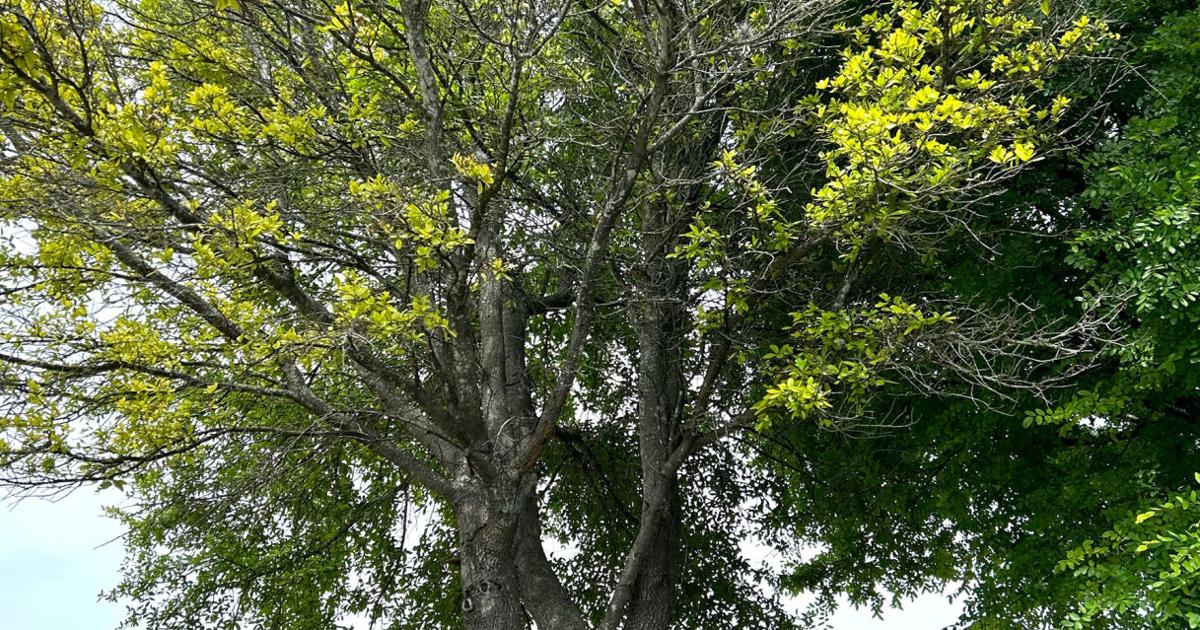Sperry: Lingering Impact of February 2021 Texas Storms Still Felt | Lifestyle

1. Tree Health and Maintenance: Live Oak Troubles and Redcedar Deaths
2. Plant Care and Identification: Dracaena Janet Craig Compacta and Bermudagrass in St. Augustine Lawns
3. Mahonia Seed Starting: Tips for Growing Mahonia Bealei from Seeds
Local residents are facing challenges with their trees and plants following the extreme weather conditions of February 2021. One resident reached out to renowned horticulturist Neil Sperry for advice on how to handle a struggling live oak tree in their yard.
The resident noticed that one fork of the live oak had sparse, yellow leaves, prompting concerns about the tree’s health. Neil Sperry advised the resident to consult with an ISA certified arborist to assess the tree’s condition closely. From the angles he could see, Sperry expressed great concerns about the tree’s health, particularly noting damage to the left trunk. He warned that removing a portion of the tree could leave a gaping wound and potentially lead to the tree splitting in the future. Sperry recommended considering the removal of the entire tree unless a certified arborist could provide reasons to save it.
In another inquiry, a resident questioned the sudden increase in native redcedars dying locally. Sperry shared insights from experts, including Dr. Kevin Ong from Texas A&M’s Plant Disease Clinic, who suggested that environmental trauma from the winter storm of 2021 followed by heat and drought in subsequent summers may be contributing to the trees’ decline. Additionally, Steve Houser of Arborilogical Services in Dallas pointed to damage from cedar bark beetles as a possible cause for the widespread tree deaths.
Furthermore, Sperry provided guidance on caring for a Dracaena Janet Craig compacta plant, commonly known as a houseplant. He recommended repotting the plant in a terracotta container with loose, organic soil and maintaining its current location for optimal growth. Sperry also advised on washing the plant’s leaves to keep them healthy and vibrant.
Lastly, Sperry addressed a homeowner’s concern about bermudagrass overtaking bare spots in their St. Augustine lawn. He suggested allowing the bermudagrass to fill in the bare areas before letting the St. Augustine repopulate the space, as St. Augustine is the more dominant grass species.
Overall, Neil Sperry’s expert advice provides valuable insights for residents grappling with tree and plant issues in the aftermath of extreme weather events. His recommendations emphasize the importance of seeking professional guidance and proper care practices to ensure the health and longevity of greenery in residential landscapes.



